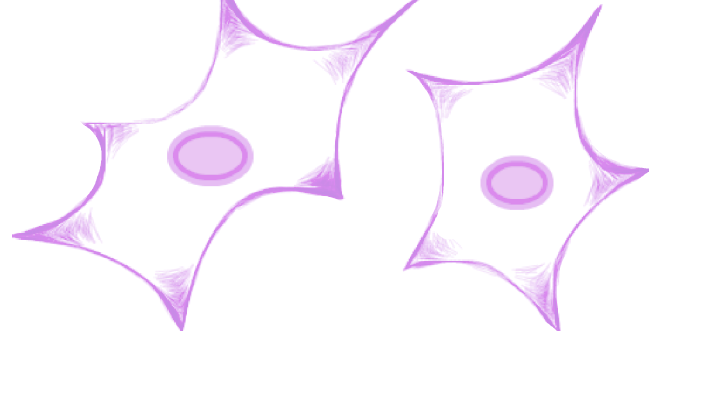Cell Senescence Entries for PTEN
- Cell Types
- Breast cancer
- Cell Lines
- MCF-7
- Cancer Cell?
- Yes
- Method
- Knockdown
- Type of senescence
- Unclear
- Senescence Effect
- Inhibits
- Primary Reference
- Jung et al. (2019) mTOR kinase leads to PTEN-loss-induced cellular senescence by phosphorylating p53. Oncogene 38(10)1639-1650 (PubMed)
PTEN Gene Information
- HGNC symbol
- PTEN
- Aliases
- BZS; MHAM; MMAC1; PTEN1; TEP1
- Common name
- phosphatase and tensin homolog
- Entrez Id
- 5728
- Description
- This gene was identified as a tumor suppressor that is mutated in a large number of cancers at high frequency. The protein encoded by this gene is a phosphatidylinositol-3,4,5-trisphosphate 3-phosphatase. It contains a tensin like domain as well as a catalytic domain similar to that of the dual specificity protein tyrosine phosphatases. Unlike most of the protein tyrosine phosphatases, this protein preferentially dephosphorylates phosphoinositide substrates. It negatively regulates intracellular levels of phosphatidylinositol-3,4,5-trisphosphate in cells and functions as a tumor suppressor by negatively regulating AKT/PKB signaling pathway. The use of a non-canonical (CUG) upstream initiation site produces a longer isoform that initiates translation with a leucine, and is thought to be preferentially associated with the mitochondrial inner membrane. This longer isoform may help regulate energy metabolism in the mitochondria. A pseudogene of this gene is found on chromosome 9. Alternative splicing and the use of multiple translation start codons results in multiple transcript variants encoding different isoforms. [provided by RefSeq, Feb 2015].
PTEN Ontologies
- Gene Ontology
-
Process: GO:16311; dephosphorylation
GO:6629; lipid metabolic process
GO:35335; peptidyl-tyrosine dephosphorylation
GO:7399; nervous system development
GO:6470; protein dephosphorylation
GO:46855; inositol phosphate dephosphorylation
GO:8285; negative regulation of cell population proliferation
GO:46856; phosphatidylinositol dephosphorylation
GO:6915; apoptotic process
GO:7507; heart development
GO:16477; cell migration
And 83 more GO terms Cellular component: GO:5634; nucleus
GO:5737; cytoplasm
GO:5654; nucleoplasm
GO:5829; cytosol
GO:45202; synapse
GO:16605; PML body
GO:5886; plasma membrane
GO:5576; extracellular region
GO:16324; apical plasma membrane
GO:42995; cell projection
GO:35749; myelin sheath adaxonal region
And 4 more GO terms
Show all GO termsFunction: GO:16791; phosphatase activity
GO:16787; hydrolase activity
GO:4722; protein serine/threonine phosphatase activity
GO:4721; phosphoprotein phosphatase activity
GO:106306; protein serine phosphatase activity
GO:106307; protein threonine phosphatase activity
GO:4438; phosphatidylinositol-3-phosphatase activity
GO:4725; protein tyrosine phosphatase activity
GO:16314; phosphatidylinositol-3,4,5-trisphosphate 3-phosphatase activity
GO:51717; inositol-1,3,4,5-tetrakisphosphate 3-phosphatase activity
GO:51800; phosphatidylinositol-3,4-bisphosphate 3-phosphatase activity
And 9 more GO terms
Homologs of PTEN in Model Organisms
In other databases
- GenAge model organism genes
- GenAge human genes
- This gene is present as PTEN
External links
- OMIM
- 601728
- Ensembl
- ENSG00000171862
- Entrez Gene
- 5728
- UniGene
- 729457
- 1000 Genomes
- 1000 Genomes
- HPRD
- GenAtlas
- PTEN
- GeneCards
- PTEN
